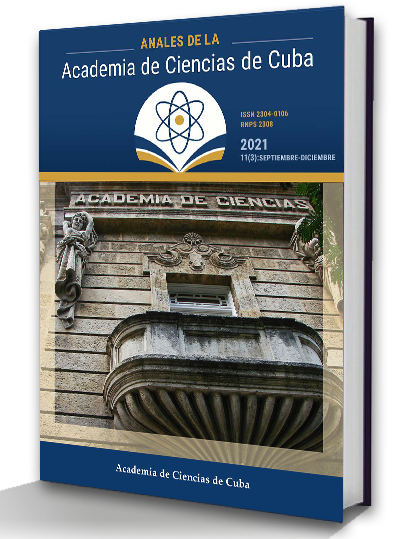The Second Philadelphia Water Works and the aqueduct Fernando VII in Havana
Keywords:
aqueduct, waterworks, distribution system, iron pipes, plumbing, economic managementAbstract
Introduction: The city of Philadelphia in the United States of America was an important center for the development of the industrial revolution and capitalism in that country. In the 1820´s, it finally got an efficient first-class aqueduct that produced clean and cheap water. The Philadelphia waterworks inspired the construction of Fernando VII aqueduct in Havana and the foundries of the US city supplied the pipes and other elements used in the works. Objectives: To describe the process of construction of the waterworks of the city of Philadelphia in the early decades of the XIX century, to explain the influence of the second Philadelphia waterworks upon the construction of Fernando VII aqueduct in Havana through the changes of the original project made by Nicolas Campos, to characterize Fernando VII aqueduct.Methods: Bibliographical review and document review at the National Archive of the Republic of Cuba, observation and photography.
Results: The achievement of Fernando VII aqueduct in Havana was to a great extent the result of the influence of the second waterworks of the city of Philadelphia and the economic perspective of the Watering Committee and the City Council of that city. The new aqueduct in Havana introduced plumbing in Cuba, allowing for the use of flowing water inside the buildings and improving the hygiene of the city. Even when the Albear waterworks was inaugurated in 1893, the plan of that engineer was to use most of the distribution system of Fernando VII aqueduct to distribute its water. Some of these ancient pipes are still in use in Havana.
Downloads
Published
How to Cite
Issue
Section
License
The journal Anales de la Academia de Ciencias de Cuba protects copyright, and operates with a Creative Commons License 4.0 (Creative Commons Attribution-NonCommercial License 4.0). By publishing in it, authors allow themselves to copy, reproduce, distribute, publicly communicate their work and generate derivative works, as long as the original author is cited and acknowledged. They do not allow, however, the use of the original work for commercial or lucrative purposes.
The authors authorize the publication of their writings, retaining the authorship rights, and assigning and transferring to the magazine all the rights protected by the intellectual property laws that govern in Cuba, which imply editing to disseminate the work.
Authors may establish additional agreements for the non-exclusive distribution of the version of the work published in the journal (for example, placing it in an institutional repository or publishing it in a book), with recognition of having been first published in this journal.
To learn more, see https://creativecommons.org






